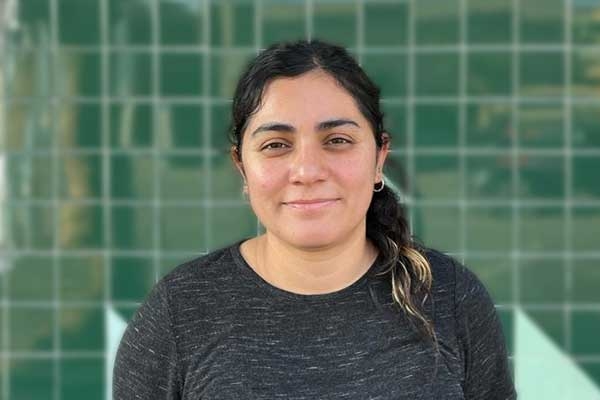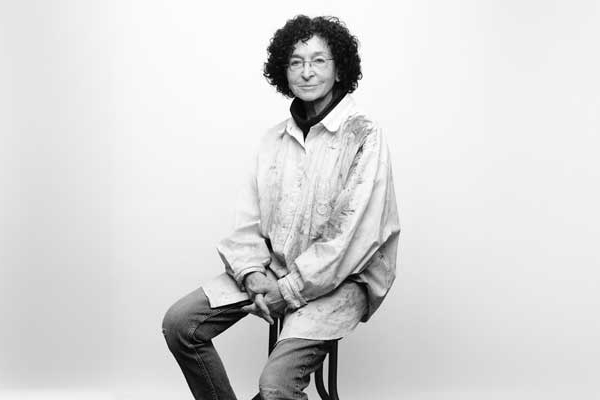For a lot of people, a career in STEM is the end goal. But for Oscar Ko, a career as a software engineer at Boeing was just a launching pad.
Oscar’s career transformation started with a big problem. He was part of a team that developed a configuration tool for use in remote departments. When his group took that tool to the end users, the field engineers didn't understand how to use it. The problem was partly that the software assumed a level of knowledge and skill that the users just didn’t have.
Mainly, though, Oscar saw a major problem with the tool itself: It had too many options front-loaded on the screen, with no clear indication of where to start and what might be the most important options.
UX to the Rescue!
This particular problem needed a solution—quickly—so Oscar turned to user-experience classes at UC Berkeley Extension.
"I researched a lot of different organizations," he shares. "There are well-known, bigger institutions that have dedicated programs, but the time and money to complete them was just way too much. Extension courses were faster and more practical than getting a whole theoretical understanding of the user-experience design field. I saw that I could easily jump through these courses and it would have a direct impact on my work."
Practical Courses With Real-World Applications
Having picked up the skills he needed to revise the configuration tool in his first several courses, Oscar found his interest in user design piqued and was ready to continue learning. He quickly followed his initial course, Visual Design Principles, with the rest of the courses in the program.
What impressed Oscar the most about the curriculum was its applicability to his job. "The courses focused on creating real-world applications, from the very beginning of the course to the finish," he enthuses. "Both Introduction to UX Design and Diagramming and Prototyping for UX demanded that we go from the basics of research and sketching to high-fidelity mockups. Those classes proved to be fundamental to my learning as a UX designer, as well as having those pieces to present on my portfolio."
And by the end of the program, Oscar had gotten a thorough grounding in user-experience design and had built a robust portfolio for future jobs. "Interviewers use those works to talk about my creative process," explains Oscar. "It's so helpful to have something to talk about."
Putting People at the Center of It All
He completed the Professional Program in UX Design and has launched himself into a technical design career. He is just starting a new job as a mobile product designer for BitTorrent, a file-sharing software company based in San Francisco. For Oscar, it's the people that make the difference in his new career, an element that wasn't top of mind when he was a software engineer.
"In engineering, you're working on great, challenging problems, but at the same time a lot of it is removed from the human element,” Oscar explains. “What I love most about design is the user research and the interaction design. With those two aspects, I know that my decisions matter. When my design goes out to the visual designers or the marketing folks, they are getting things that they know will work. We have gone through the testing and research so that we know that this direction will benefit and delight our users and customers."
Evangelizing UX
For Oscar, his new career is also a new calling. He thinks that putting users in the middle of the design process is a valuable and crucial element for any industry. "It's important to actually understand that it isn't just fulfilling requirements and fulfilling features," Oscar points out. "You're designing a tool to solve a problem. That approach is applicable to any and every industry." This focus on the practical is an important point to emphasize, and Oscar is direct about it. The point is not the design, but the problem-solving. As he says, “Great design should become invisible and seamless to the user. It just works, naturally and effortlessly.”
Top 3 Reasons Oscar Chose Extension
- Flexibility for working adults
- Impressive student output
- Immediate job impact
Start with the tangible, he insists. "At the end of the day, the digital world is representative of the physical world. Design trends come and go, but if you can help people map their mental models from their existing experiences in the physical world, how they live in the natural environment, you're onto something." So when Oscar starts a design, he often just grabs a pencil and sketches out an idea or two.
"Design thinking can revolutionize how people are being empowered to create solutions for users and customers. I want to challenge existing paradigms and revolutionize how things can be done and should be done."
Are you ready to grab that pencil and start sketching out a better solution? Learn more about the Professional Program in UX Design.



